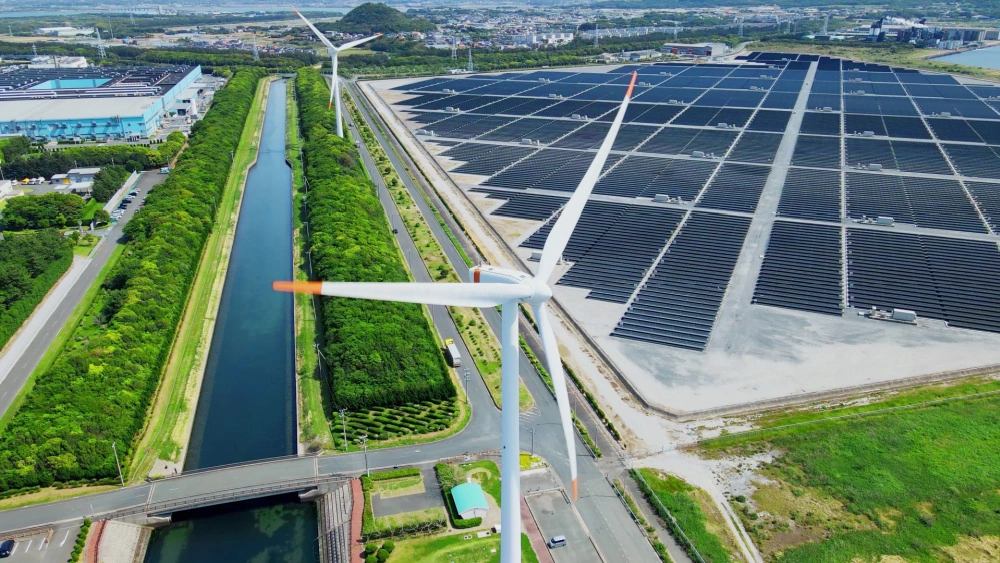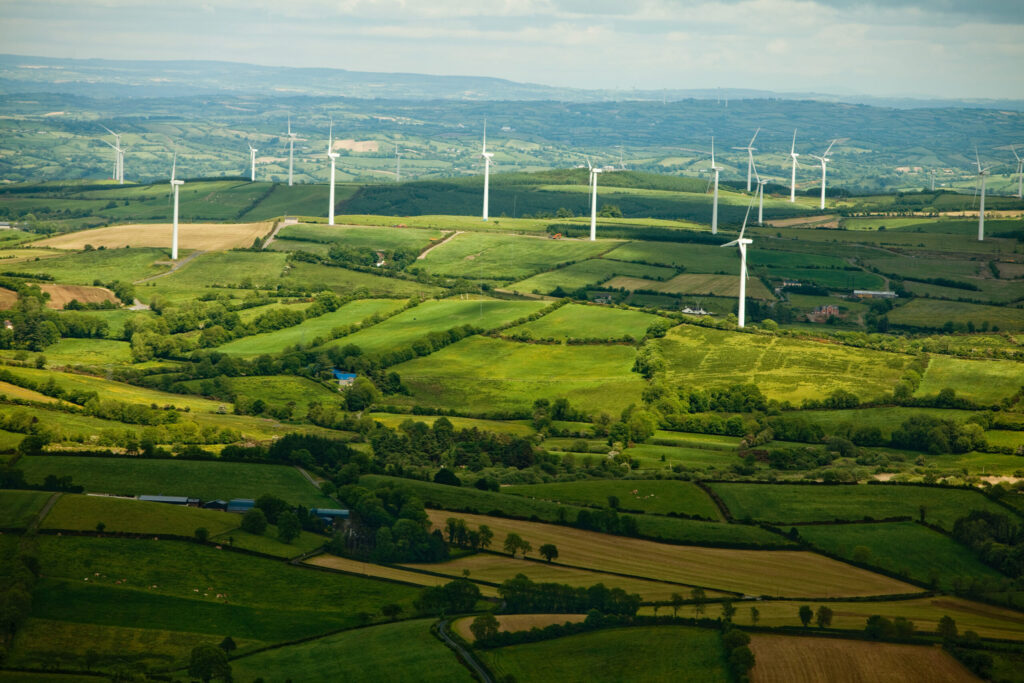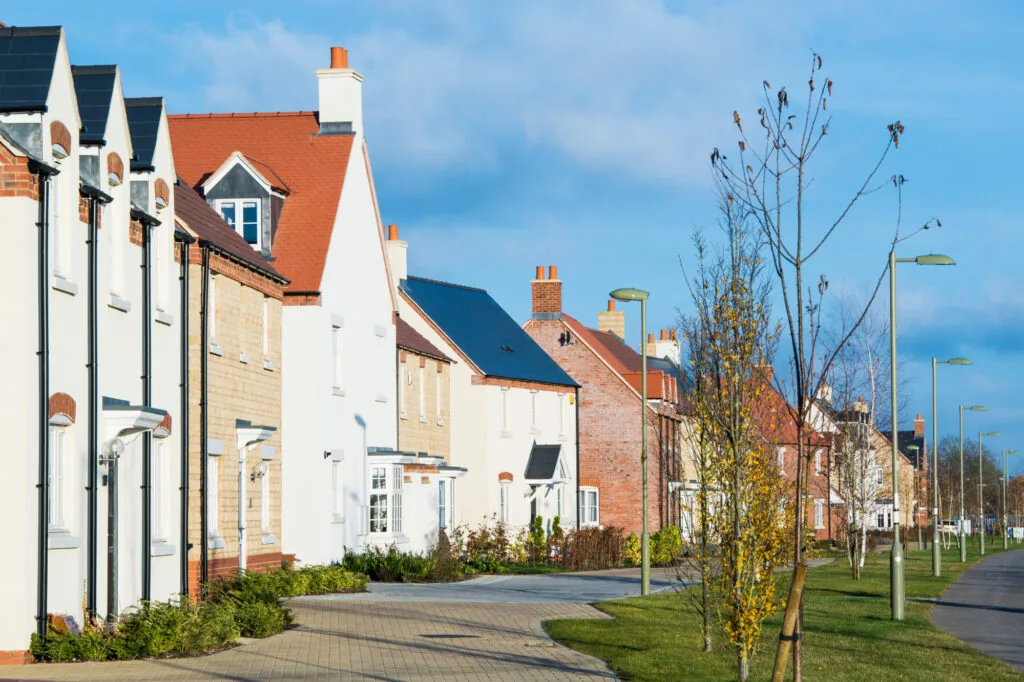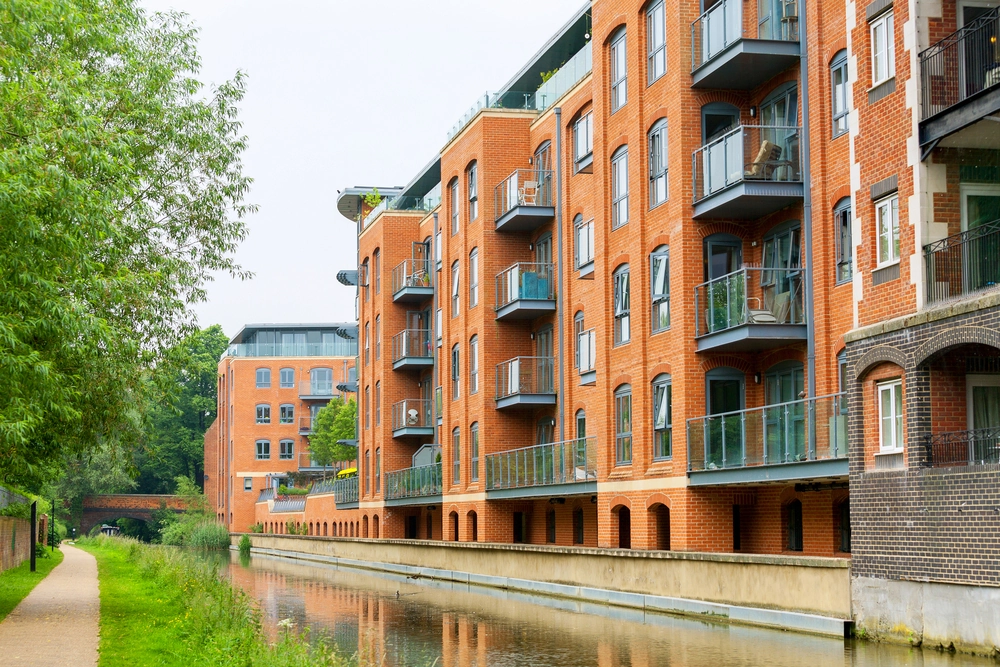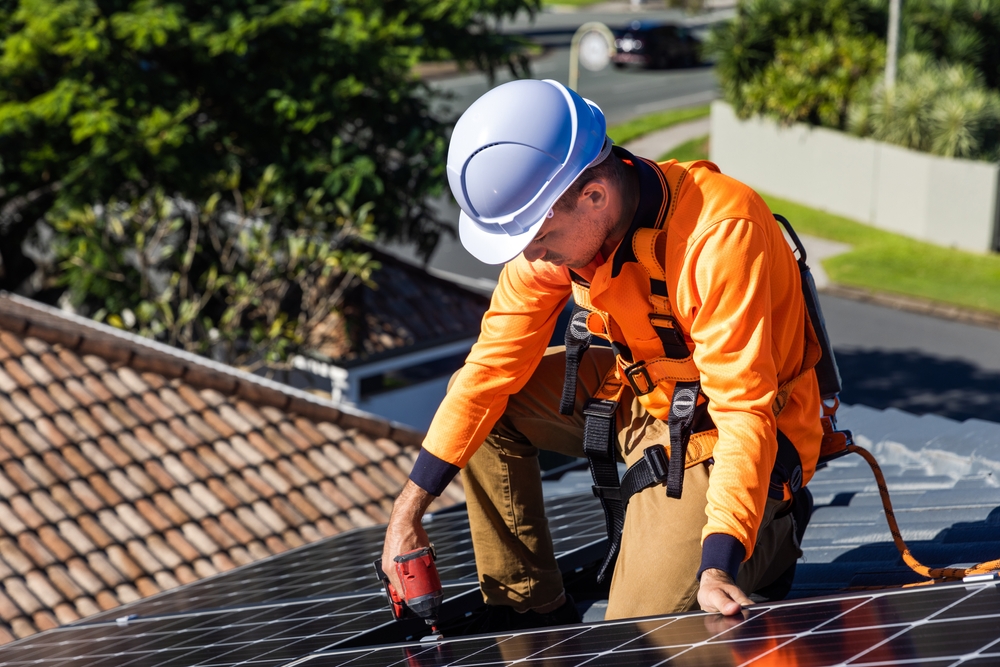
A further step towards greener social housing – new consultation for minimum energy efficiency standards

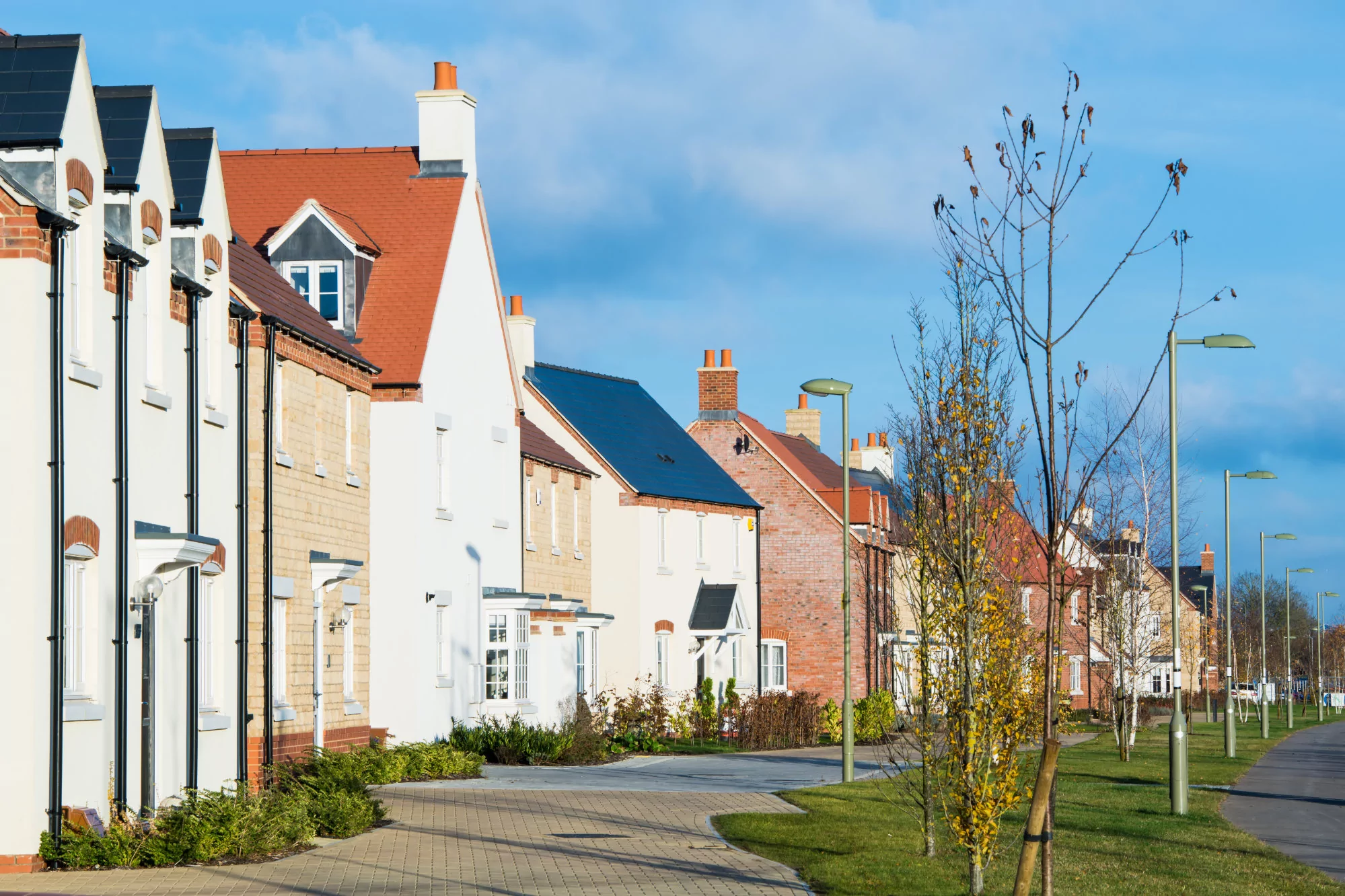
The UK Government has launched its consultation proposing minimum energy efficiency standards (MEES) for socially rented homes in England for the first time.
The proposals will impact both registered providers and local authority providers in the affordable housing sector (excluding shared ownership properties). The initiative builds on the momentum and commitment from the sector to sustainability and improving energy efficiency of existing stock.
The principal aim of the consultation is to establish a minimum energy performance certificate (EPC) rating of C (or equivalent) for socially rented properties by 2030. This is aligned with the standards proposed for the private rented sector and builds on the wider reforms under the Decent Homes Standard and Awaab's Law.
Further details of the consultation can be found here. Elements being consulted on include:
1. Reformed MEES metrics and suitability of alternative standards
An earlier consultation proposed changing the methodology for measuring energy efficiency of domestic properties from the existing EPC "C" standard to four headline metrics. This consultation proposes using one or a combination of the revised metrics to set the MEES for the social rented sector. This would move the goal posts for providers who have been working towards existing standards. In recognition of the increased cost of meeting the amended standards, the consultation seeks views on alternatives.
2. Implementation and exemption
The consultation proposes a time limited spend exemption so that providers would not be required to spend more than a maximum limit of £10,000 on compliance per property up to 1 April 2030. If the property does not comply after the expenditure there would be a 10-year exemption up to 2040 before further expenditure is required.
In recognition of changing standards and existing compliant EPCs, any properties which already have an EPC rating of C would be considered compliant until those EPCs expire.
A balancing act
The Government views its commitment to improving the quality and energy efficiency of social housing as complementary to delivering more affordable homes over the next decade. However, the transition to greener affordable housing presents many complexities and challenges to providers in the sector in striking the balance between competing factors including:
- Generating sufficient investment and resources into both existing stock and funding new affordable homes programmes. In this context, we may see more providers partnering with private sector entities operating in the energy space to deliver suggested improvements. Reconciling the interests of social housing landlords and local authorities, with the interests of energy solutions providers, would be an additional issue for providers to navigate. We addressed some of the potential issues in this article.
- Raising the awareness of customers to the energy improvements that have been (or will be) made to their homes and how they can maximise these so they can fully benefit from the improvements and potential savings to their energy costs.
- Minimising disruption to their customers.
- Considering procurement implications and impact on supply chains (including selecting a reliable and trusted partner to undertake the necessary works in the properties).
- Ensuring new development programmes are future-proofed to keep up with MEES.
Providers are optimistic that further wave funding will be coming forward in October 2025 through the Warm Homes: Social Housing Fund. In the meantime, the application window for the Affordable Homes Guarantee Scheme 2020 is open until April 2026 and this can also be utilised to upgrade existing properties. The Government highlights the availability of further financing towards the cost of retrofitting under the National Wealth Fund as announced in October 2024.
The deadline for responding to the consultation is 10 September 2025.








